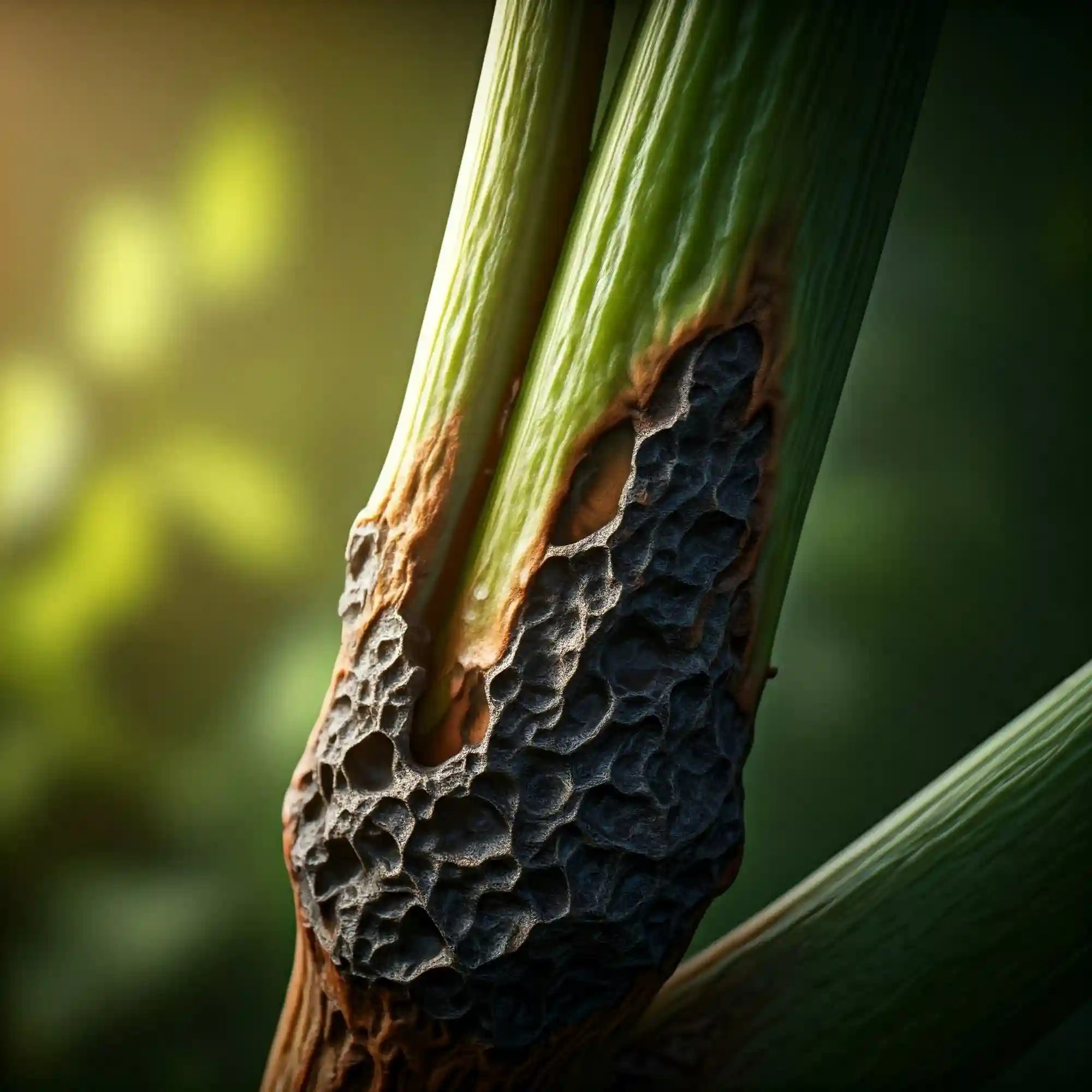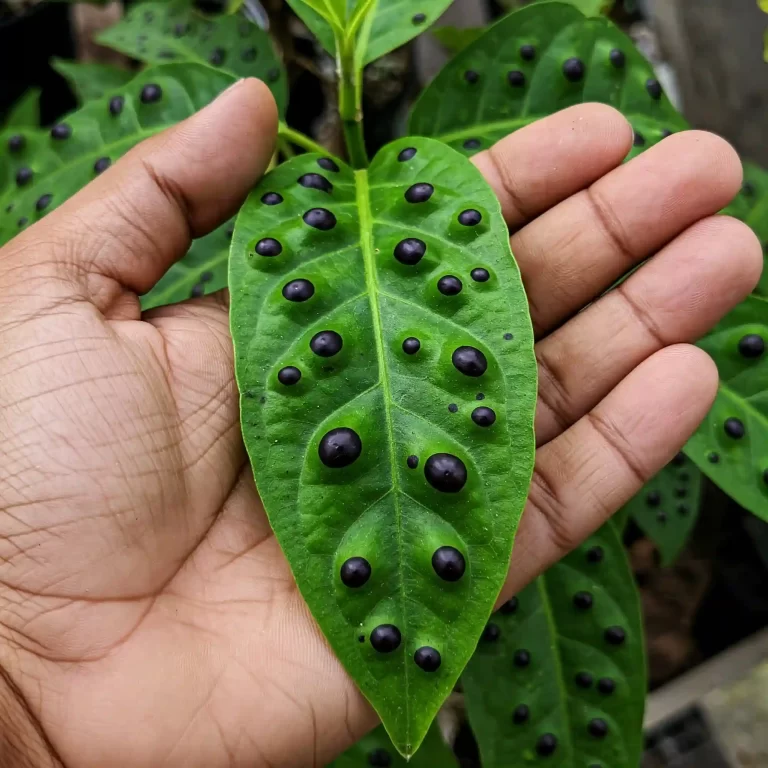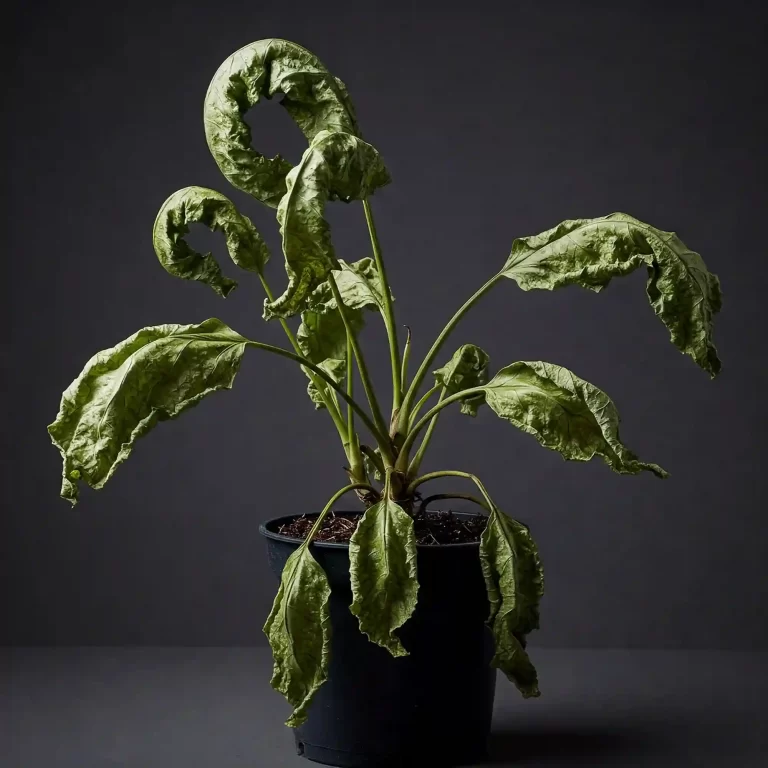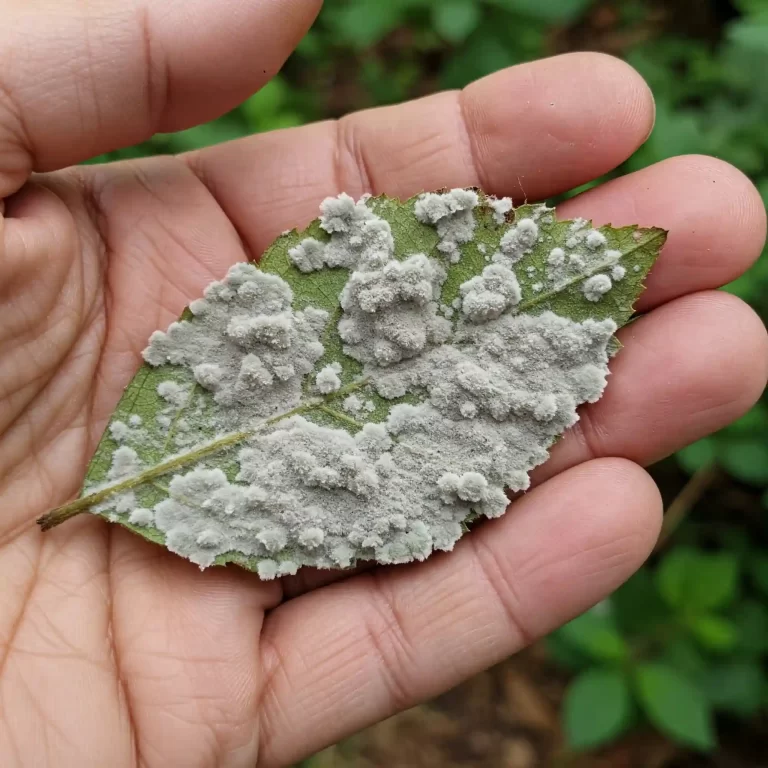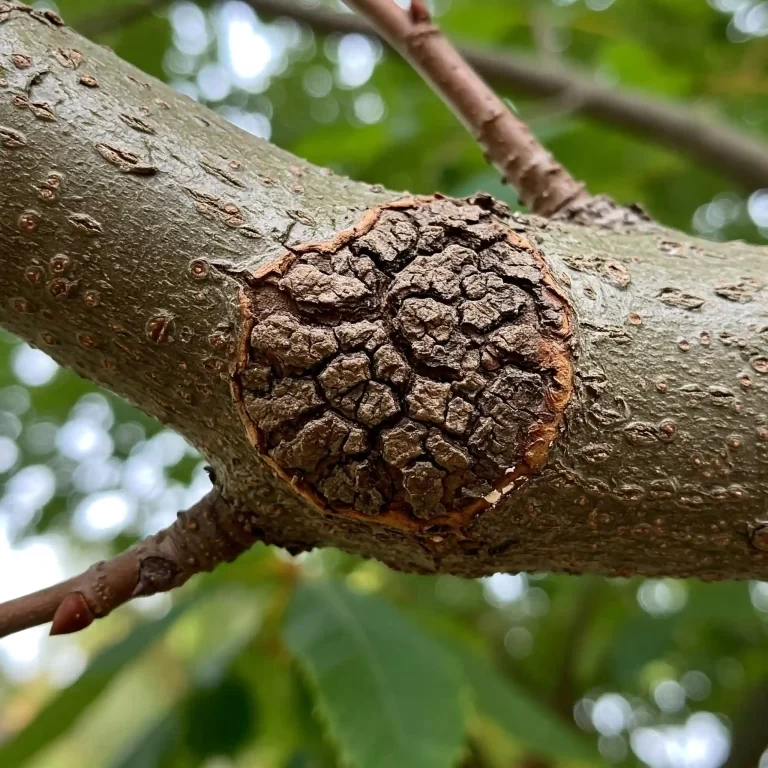What is a Black Stem Plant?
Have you ever noticed a plant with striking dark, almost black stems, and wondered what caused this unique coloration? It can be quite alarming if your previously green-stemmed plant suddenly develops dark stalks. You might worry about disease or some other problem. I understand that feeling; I’ve been there myself. Seeing a change in your plants can be unsettling. But what if I told you that in some cases, these dark stems are a natural and beautiful characteristic? This article will explore the fascinating world of black stem plants, covering everything from identification and proper care to troubleshooting common problems. We’ll dive deep into understanding this unique plant feature, ensuring your plants thrive, whether their dark stems are a natural trait or a sign of something more.
A “black stem” plant simply refers to any plant exhibiting dark, often black or deep purple, coloration in its stems or stalks. This coloration can be due to natural pigmentation, a genetic trait, or it can be a symptom of various environmental factors, diseases, or pests. You might encounter this in various plant types, from houseplants to garden vegetables. It’s important to distinguish between naturally occurring dark stems and those that signal a problem. This is exactly what I will guide you through.
From my experience, many gardeners first encounter the term “black stem” when researching popular houseplants like the Alocasia ‘Black Stem’. This stunning plant boasts deep, ebony-colored stems that beautifully contrast with its vibrant green foliage. However, the term isn’t exclusive to this species. Several other plants, both indoors and out, can exhibit this characteristic.
Understanding the difference between a natural black stem and one caused by a problem is crucial for proper plant care. If the dark coloration is natural, you can simply admire its beauty. However, if it’s a symptom of a disease or other issue, prompt action is necessary to protect your plant’s health. You’ll find that being able to identify the cause of the dark stems will make you a much more confident gardener.
In this comprehensive guide, I will cover:
- Identifying plants with naturally dark stems.
- Recognizing black stems as a symptom of plant problems.
- Providing appropriate care for black stem plants.
- Troubleshooting common black stem issues.
By the end of this article, you will have a thorough understanding of black stem plants, empowering you to care for them effectively and appreciate their unique beauty. Let’s dive in and explore this fascinating aspect of the plant world together.
Identifying Black Stem Plants: Is it Natural or a Problem?
Distinguishing between a plant that naturally sports dark stems and one suffering from a problem is key to providing the right care. I’ve learned over the years that careful observation is your best tool. You see, the plant world is full of surprises, and sometimes, what looks like a cause for alarm is simply a plant’s unique characteristic.
Natural Black Stems: The Beauty of Dark Pigmentation
Some plants are genetically predisposed to have dark stems. This is due to pigments, primarily anthocyanins, which are water-soluble vacuolar pigments that may appear red, purple, or blue according to the pH. These pigments are responsible for the vibrant colors you see in many fruits, flowers, and, yes, even stems! It’s like the plant’s own form of artistic expression.
Let’s look at some examples of plants that naturally flaunt these dark stalks:
- Alocasia ‘Black Stem’: This is perhaps the most well-known example. Its dramatic, almost black stems provide a striking contrast to its large, often textured green leaves. I’ve found that this plant is a real conversation starter in any indoor garden.
- Colocasia (some varieties): Often called “elephant ears,” some Colocasia varieties exhibit dark purple to black stems, adding to their already exotic appearance. These plants can create a real tropical vibe in your garden or home.
- Certain succulents: While less common, some succulents can develop dark stems as they mature or when exposed to specific environmental conditions like intense sunlight or temperature fluctuations. This is often referred to as “sun stressing,” and while it can look alarming, it’s usually not harmful to the plant.
Unnatural Black Stems: Recognizing Plant Problems
Unfortunately, not all black stems are a sign of natural beauty. Sometimes, they indicate an underlying problem that needs your attention. I’ve had my share of plant woes over the years, and I know how disheartening it can be to see your plants struggling.
Here are some common culprits behind unhealthy black stems:
- Fungal infections: Several fungal diseases can cause black lesions or discoloration on stems. Stem rot, black leg, and Phoma black stem are some of the common ones. These diseases can quickly weaken and even kill your plants if left untreated.
- Bacterial infections: Though less common than fungal issues, bacterial infections can also cause blackening of stems, often accompanied by a soft, mushy texture.
- Overwatering/poor drainage: This is a common issue, especially for indoor plants. When the soil stays too wet, it creates an environment conducive to fungal growth, which can lead to black stem problems.
- Cold damage: Exposure to frost or very cold temperatures can cause plant tissue to die and turn black. This is more common in outdoor plants but can also affect indoor plants placed near cold drafts.
- Pest infestations: While pests don’t usually cause black stems directly, severe infestations can weaken plants, making them more susceptible to diseases that do cause this symptom.
Recognizing the difference between natural pigmentation and these problem signs is crucial. Natural dark stems will typically be uniform in color and texture, while those caused by disease or stress may have lesions, discoloration, or a soft, mushy feel.
I’ve found that by paying close attention to your plants and understanding the potential causes of black stems, you can take the necessary steps to keep your green companions healthy and thriving.
Caring for Black Stem Plants: Thriving with Dark Stalks
Now that we’ve explored the different causes of black stems, let’s talk about how to keep your plants healthy and thriving, whether their dark coloration is natural or not. I’ve learned that consistent care and attention are the keys to a flourishing garden, and this is especially true for plants with unique characteristics like dark stems.
General Care Tips for Healthy Black Stems
Whether your plant naturally has black stems or you’re trying to prevent problems, these general care tips will set you up for success:
- Prevention:
- Proper watering techniques: This is crucial! Overwatering is a common culprit for many plant problems, including those affecting stems. Ensure your plants are in pots with drainage holes and allow the soil to dry slightly between waterings. You can check the moisture level by inserting your finger about an inch into the soil. If it feels dry, it’s time to water.
- Appropriate sunlight: Different plants have different light requirements. Research your specific plant to determine how much sunlight it needs. Generally, plants with naturally dark stems, like Alocasia, prefer bright, indirect light.
- Good air circulation: Proper airflow helps prevent fungal diseases. Ensure your plants are not overcrowded and that there’s adequate ventilation in the room.
- Use of well-draining potting mix: A well-draining mix will prevent water from pooling around the roots, reducing the risk of root rot and subsequent stem problems.
- Care:
- Regular inspection: Get into the habit of regularly inspecting your plants for any signs of disease or pests. Early detection is key to preventing problems from escalating.
- Proper fertilization: While essential for plant growth, over-fertilizing can lead to various issues. Use a balanced fertilizer and follow the instructions on the label.
- Management:
- Promptly address any issues: If you notice any signs of disease or pests, take action immediately. This might involve using a fungicide, insecticide, or adjusting your care routine.
- Prune damaged or diseased portions: If a part of the plant is severely affected, pruning it can help prevent the problem from spreading.
By following these guidelines, you can create an environment where your black stem plants can thrive.
I’ve found that paying attention to these details can make a significant difference in the health and vitality of your plants.
Specific Care for Popular Black Stem Plants
While the general care tips I mentioned are a great starting point, some plants with black stems have specific needs that you should be aware of. I’ve compiled some insights based on my experience with two popular varieties:
- Alocasia ‘Black Stem’ Care: This tropical beauty thrives in warm, humid environments. I’ve found that it does best in bright, indirect light. Direct sunlight can scorch its leaves, so avoid placing it in a south-facing window. When it comes to watering, I let the top inch of soil dry out before watering again. It’s also important to ensure good drainage to prevent root rot. Misting the leaves regularly can help increase humidity, especially in drier climates.
- Light: Bright, indirect light
- Watering: Allow top inch of soil to dry out
- Humidity: High humidity preferred
- Temperature: 65-80°F (18-27°C)
- Colocasia Black Stem Care: These plants, often called “elephant ears,” are known for their large, dramatic leaves and, in some varieties, striking dark stems. I’ve noticed that they prefer moist, well-draining soil and can even tolerate some standing water. They also appreciate plenty of sunlight, but some afternoon shade can be beneficial in hotter climates.
- Light: Full sun to partial shade
- Watering: Keep soil consistently moist
- Humidity: Moderate to high
- Temperature: 60-85°F (15-29°C)
By understanding the specific needs of these popular black stem plants, you can provide them with the optimal conditions to thrive.
Troubleshooting Black Stem Problems: Diagnosis and Solutions
Despite our best efforts, sometimes our plants encounter problems. If you notice your plant’s stems turning black, it’s essential to act quickly. From my experience, early detection and appropriate action can often save a plant from serious harm.
Diagnosing Common Black Stem Diseases
Distinguishing between natural pigmentation and disease symptoms is the first step. Here are some key indicators that your plant’s black stem might be a sign of trouble:
- Uneven discoloration: If the blackening is patchy, blotchy, or not uniform, it’s more likely a disease or other issue.
- Soft or mushy texture: Healthy stems should be firm. If the black areas are soft or mushy to the touch, it’s a strong indication of rot.
- Lesions or spots: Look for distinct spots, lesions, or cankers on the stem. These are often signs of fungal or bacterial infections.
- Wilting or other symptoms: If the black stems are accompanied by wilting leaves, stunted growth, or other unusual symptoms, it’s a clear sign that something is wrong.
Here are some common diseases that can cause black stems:
- Phoma black stem: This fungal disease primarily affects sunflowers but can also occur in other plants. It causes dark lesions on the stems, which can lead to wilting and death.
- Blackleg: This fungal disease affects cruciferous plants like cabbage, broccoli, and cauliflower. It causes black lesions at the base of the stem, which can girdle the plant and cause it to collapse.
- Stem rot: This can be caused by various fungal or bacterial pathogens. It causes the stem to rot and decay, often turning black and mushy.
Treatment and Control of Black Stem Issues
The treatment for black stem problems depends on the underlying cause. Here are some general strategies:
- Improve drainage: If overwatering or poor drainage is the issue, repot your plant in well-draining soil and ensure the pot has drainage holes.
- Adjust watering habits: Allow the soil to dry out slightly between waterings.
- Remove infected tissue: If only a portion of the plant is affected, carefully prune away the diseased parts.
- Apply fungicides or bactericides: For fungal or bacterial infections, you may need to use a fungicide or bactericide. Consult your local garden center or extension office for recommendations.
Prevention:
- Provide proper care: Following the general care tips I mentioned earlier can go a long way in preventing black stem problems.
- Practice crop rotation: If you’re growing vegetables, rotating your crops can help prevent soilborne diseases from building up.
- Choose disease-resistant varieties: When possible, select plant varieties that are resistant to common diseases.
By understanding the causes of black stem problems and taking appropriate action, you can help your plants recover and thrive.
Frequently Asked Questions (FAQ)
I’ve compiled a list of frequently asked questions to address any remaining curiosities you might have about black stem plants.
- What houseplant has completely black stems and green leaves?
- The Alocasia ‘Black Stem’ is a popular houseplant known for its striking black stems and contrasting green leaves.
- Why are the stems of my sunflower plants turning black?
- Blackening stems on sunflowers could indicate Phoma black stem disease, a fungal infection that can cause significant damage.
- How do I treat black stem disease on my vegetable plants?
- Treatment depends on the specific disease, but often involves a combination of cultural practices, such as improving air circulation and reducing leaf wetness, and the application of appropriate fungicides.
- Are black stems on succulents a sign of overwatering?
- While overwatering can cause various issues in succulents, black stems are more likely due to other factors like sunburn or fungal infections.
- How much sunlight does an Alocasia with black stems need?
- Alocasia ‘Black Stem’ thrives in bright, indirect sunlight. Avoid placing it in direct sunlight, which can scorch its leaves.
- Is black stem on my basil plant caused by a fungal infection?
- Yes, fungal infections are a common cause of black stem on basil plants. Other factors, such as poor air circulation and cool temperatures, can also contribute.
- How do I propagate a plant with distinctive black stems?
- The propagation method depends on the specific plant species. Stem cuttings, leaf cuttings, or division are common methods for propagating black stem plants.
I hope these answers have provided further clarity on black stem plants. If you have any more questions, feel free to reach out or consult other resources.
Conclusion
Black stem plants, with their intriguing dark stalks, can add a touch of drama and beauty to any garden or indoor space. Whether the dark coloration is a natural characteristic or a sign of a problem, understanding the underlying causes is crucial for proper plant care. I hope that this comprehensive guide has provided you with the knowledge and confidence to identify, care for, and protect your black stem plants.
Remember, careful observation is key. By paying close attention to your plants and understanding their specific needs, you can create an environment where they can thrive. If you notice any signs of disease or pests, act quickly to prevent further damage.
I encourage you to embrace the unique beauty of black stem plants and enjoy the rewarding experience of nurturing these fascinating botanical wonders. Happy gardening!
